Those who live in Stirlingshire are spoiled when it comes to stunning natural landscapes.
But the man-made beauty in the area isn’t too shabby either.
From castles and cathedrals to mansions and manors, there’s plenty of amazing architecture to enjoy in and around Stirling.
Here are some of the most beautiful buildings locals are lucky enough to walk or drive past on a regular basis – they’re definitely worth a closer look next time.
1. Stirling Smith Art Gallery and Museum
Minutes from the heart of the city, the grand Victorian Stirling Smith Art Gallery and Museum (originally known as The Smith Institute) was purpose built, and opened to the public in 1874.
Inside, you’ll find more than 40,000 objects, artworks and photographs on display, including the world’s oldest football, discovered lodged in the rafters of Stirling Castle.
But there’s a lot to marvel at outside on the pavement, too.
Built mainly using sandstone from the Raploch Quarry and Dunmore, the museum has a Greek-style Doric portico at its entrance, with intricate carvings of the Stirling seal and the castle.
Elegant and timeless, it is one of Scotland’s oldest public museums.
Address: 40 Albert Place, Stirling, FK8 2RQ
2. Cowane’s Hospital
Next door to the Church of the Holy Rude, Cowane’s Hospital was established in 1637.
It was funded by the estate of Stirling merchant John Cowane after his death, and intended to provide care for elderly members of the Merchant Guildry of Stirling who could no longer support themselves.
Inspired by Dutch architecture influences, the striking yellow building has a distinctive bell tower and crow-stepped gables that really set it apart from other buildings in Stirling and across Scotland.
In recent years, extensive restoration and preservation works have been carried out on Cowane’s Hospital, which is now used as an events space.
Address: 49 St John Street, Stirling, FK8 1ED
3. Dunblane Cathedral
Historians estimate there has been a religious centre on the site of Dunblane Cathedral since at least the 9th century, but the breath-taking structure that stands there today was built over many years.
Some of the cathedral’s tower is pre-Romanesque, dating back to the 11th century, while most of the rest of the building is in the Gothic style and from the 13th century.
Few small towns have such an imposing and stunning church in their centre – it truly is something special to behold.
Address: The Cross, Dunblane, FK15 0AQ
4. 55 Baker Street
Stirling architect John Allan (who died in 1922) is responsible for some of the city centre’s most unique and eye-catching buildings.
Constructed in 1890, the four-storey number 55 Baker Street was his first red-brick building, with a black-and-white English Tudor-style top and roof.
Now approaching its 135th birthday, this impressive and well-preserved building is still grabbing just as much attention as it did when it was first completed.
Address: 55 Baker Street, Stirling, FK8 1BJ
5. Bannockburn House
Grand, late-17th century country home Bannockburn House is not currently at its best, with the Bannockburn House Trust estimating it will cost £10 million to repair and restore many of its rooms due to damp.
Perhaps the exterior could do with a little sprucing up too, but there’s no denying the magnificence of this A-listed building, which has so many links to local and national history.
Address: Stirling, FK7 8EY
6. Cambuskenneth Abbey
Located at the end of a residential street with peaceful farmland and the flowing River Forth beyond it, the distinct Cambuskenneth Abbey was founded around the year 1140.
Most of the surviving structure dates back to the 1200s, as demonstrated by its lancet windows and ornamental arcades, or arches.
The abbey’s free-standing bell tower is the only one of its kind in Scotland.
Address: Ladysneuk Road, Cambuskenneth, Stirling, FK9 5NG
7. Edinample Castle
Late-16th century Edinample Castle toes the line between Stirlingshire and Perthshire, but the charming white building falls within the Stirling Council area.
Now privately owned, it’s a classic Z-plan tower house design with the addition of circular towers and turrets.
Address: Lochearnhead, FK19 8QE
8. Gartmore House
Built in the mid-18th century for the Graham family, the sprawling Gartmore House manor home was partly redesigned and its tower and stained glass added in the early-1900s.
Later used as a barracks and a school, the grand space lay empty for much of the 1980s and 1990s.
However, in more recent years it has been brought back to life. It is currently used as a holiday activity centre.
Address: Gartmore, Stirling, FK8 3RS
9. Athenaeum
An iconic Stirling landmark, the Athenaeum on King Street was constructed in 1817 as a private library and meeting space for the city’s wealthy.
The unusual curved three-storey sandstone property is now A listed and currently sitting empty, available to rent from Stirling Council.
The building has steeple with a clock tower, and a unique stone porch, topped with a statue of William Wallace.
Address: 2 Spittal Street, Stirling, FK8 1DU
10. Gargunnock House
Evolving over hundreds of years, Gargunnock House was first built as a rustic tower house in the 16th century, with new wings added occasionally up until the current Georgian exterior front was fitted during the 18th century.
Now looked after by the Landmark Trust, it’s possible to stay in the property for a particularly grand holiday.
It sleeps up to 16 people and is as resplendent inside as it is out.
Address: By Gargunnock, FK8 3AZ
11. 29-31 Friars Street
Another John Allan building design, also in bright red brick, sits on Friars Street in Stirling city centre.
Built in 1902, the four-storey block has balconies with green-painted doors, akin to the kind you might find in European cities, and is topped with a Dutch gable.
Two of its sandstone panels carry the mottos “honor principle” and “do yer duty”.
Address: 29-31 Friars Street, Stirling, FK8 1HA
12. Stirling Castle’s Great Hall
Stirling Castle‘s overall splendour is difficult to beat, but somehow its golden-coloured Great Hall manages to steal the spotlight and be the star of the show.
Thought to have been built by James IV between 1501 and 1504, it is the largest space of its kind ever to have been constructed in Scotland.
The Great Hall’s modern restoration (completed in 1999) was considered controversial by some, but the renovation work and limewashing returned the building to its original state and made it the spectacular sight it is today.
Address: Castle Wynd, Stirling, FK8 1EJ
For more Stirling news and features visit our page or join us on Facebook
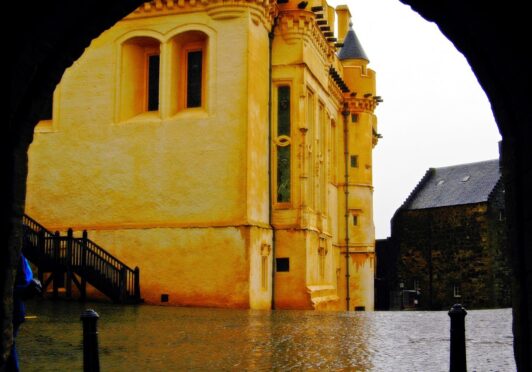
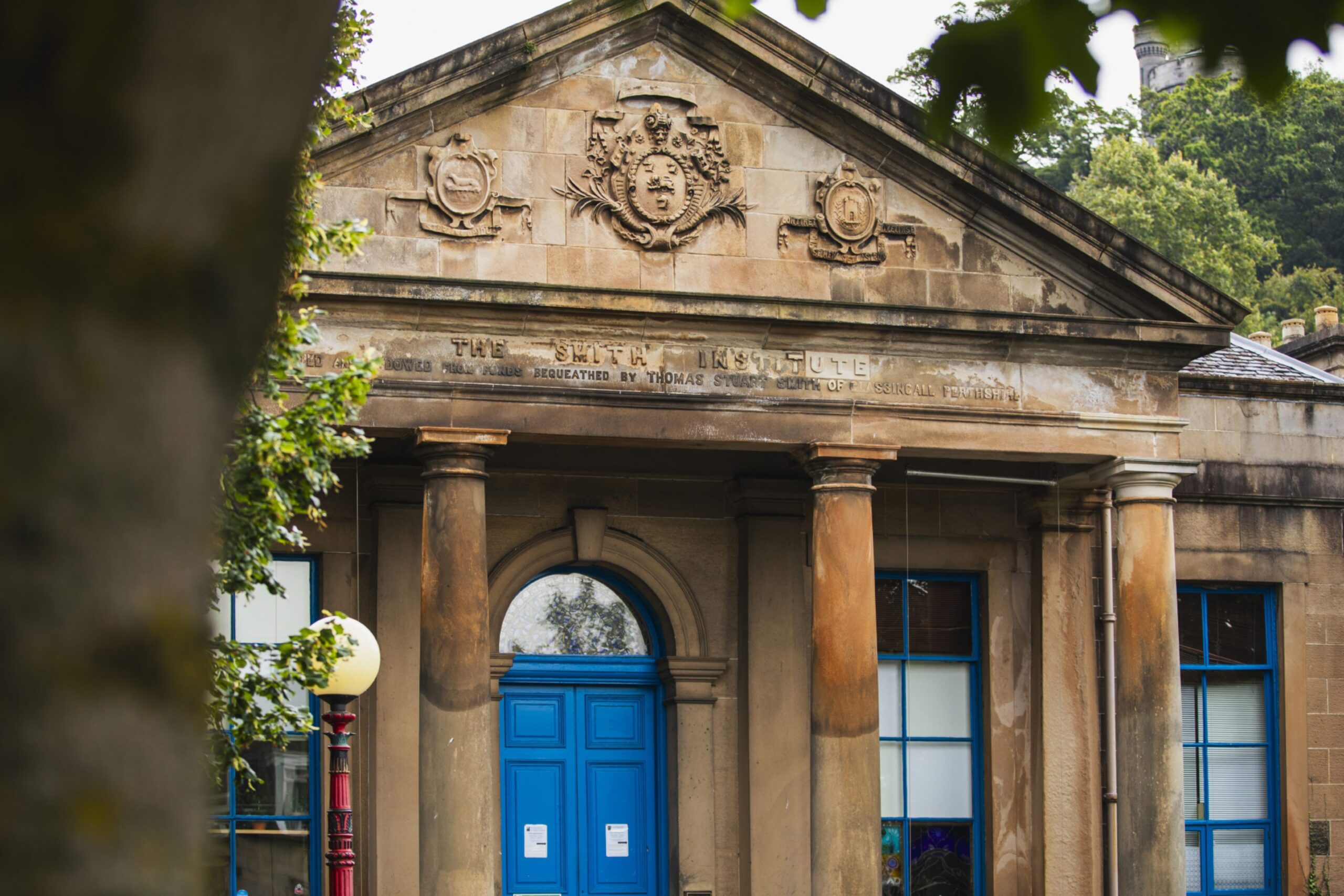
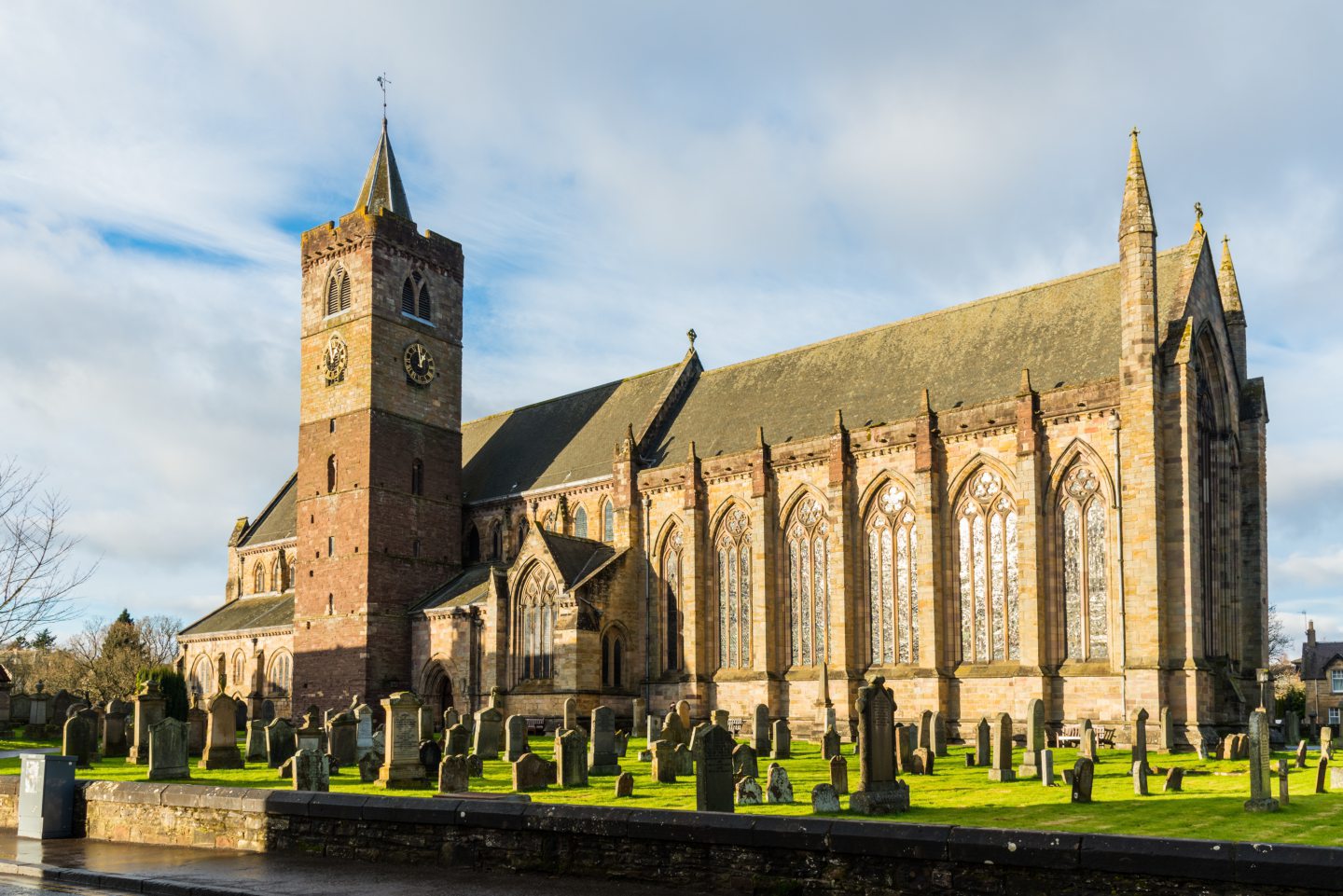
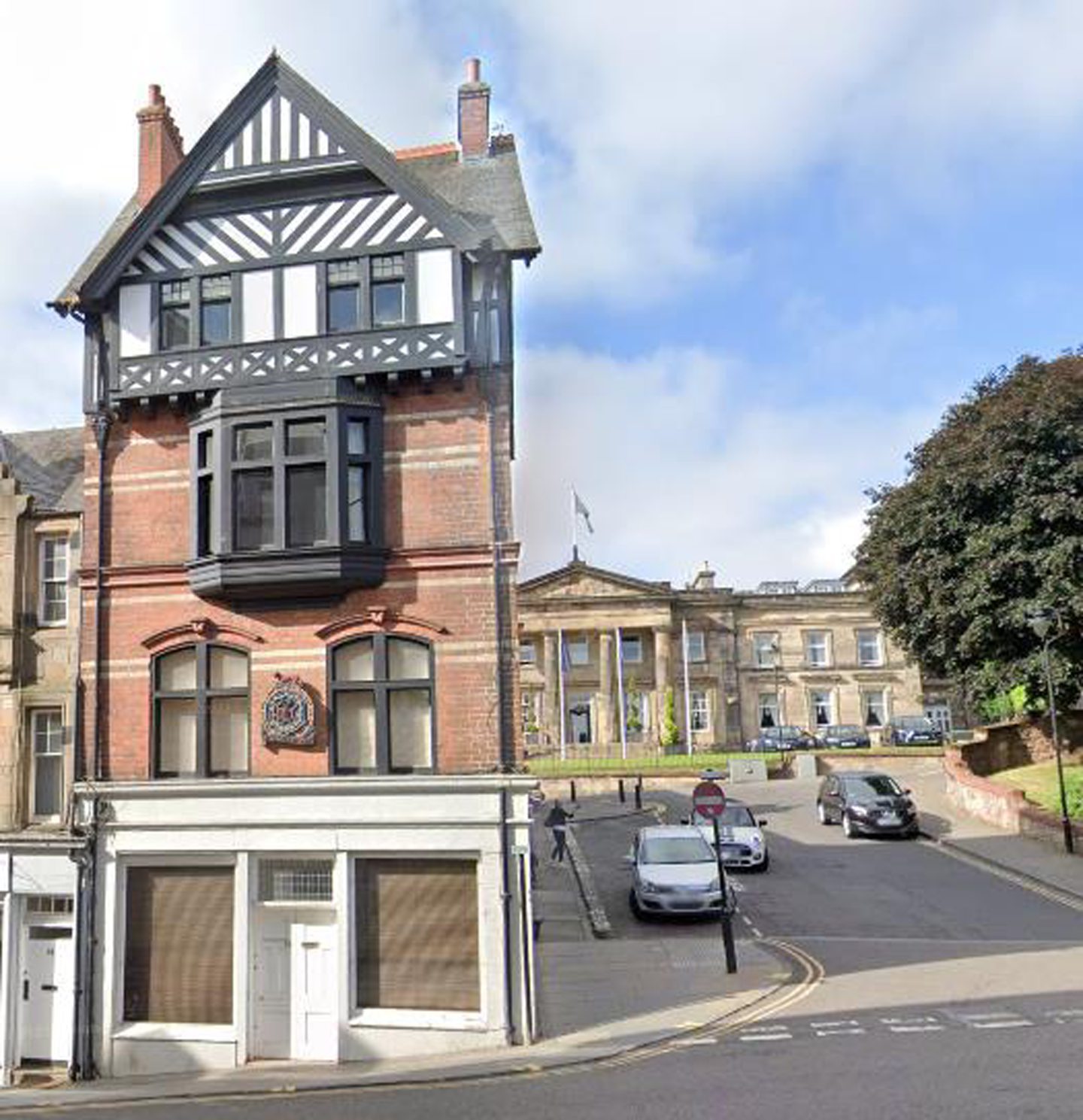
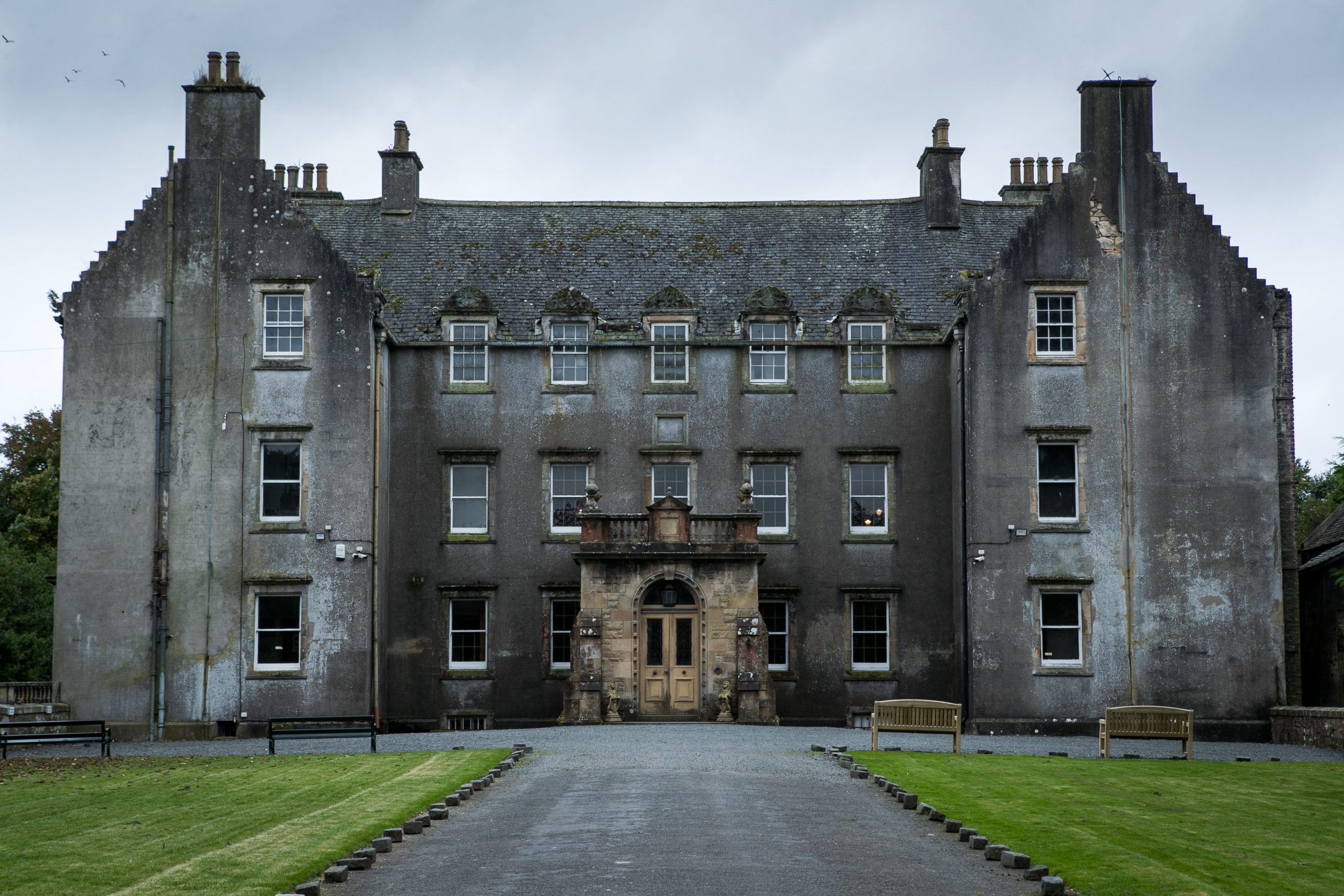
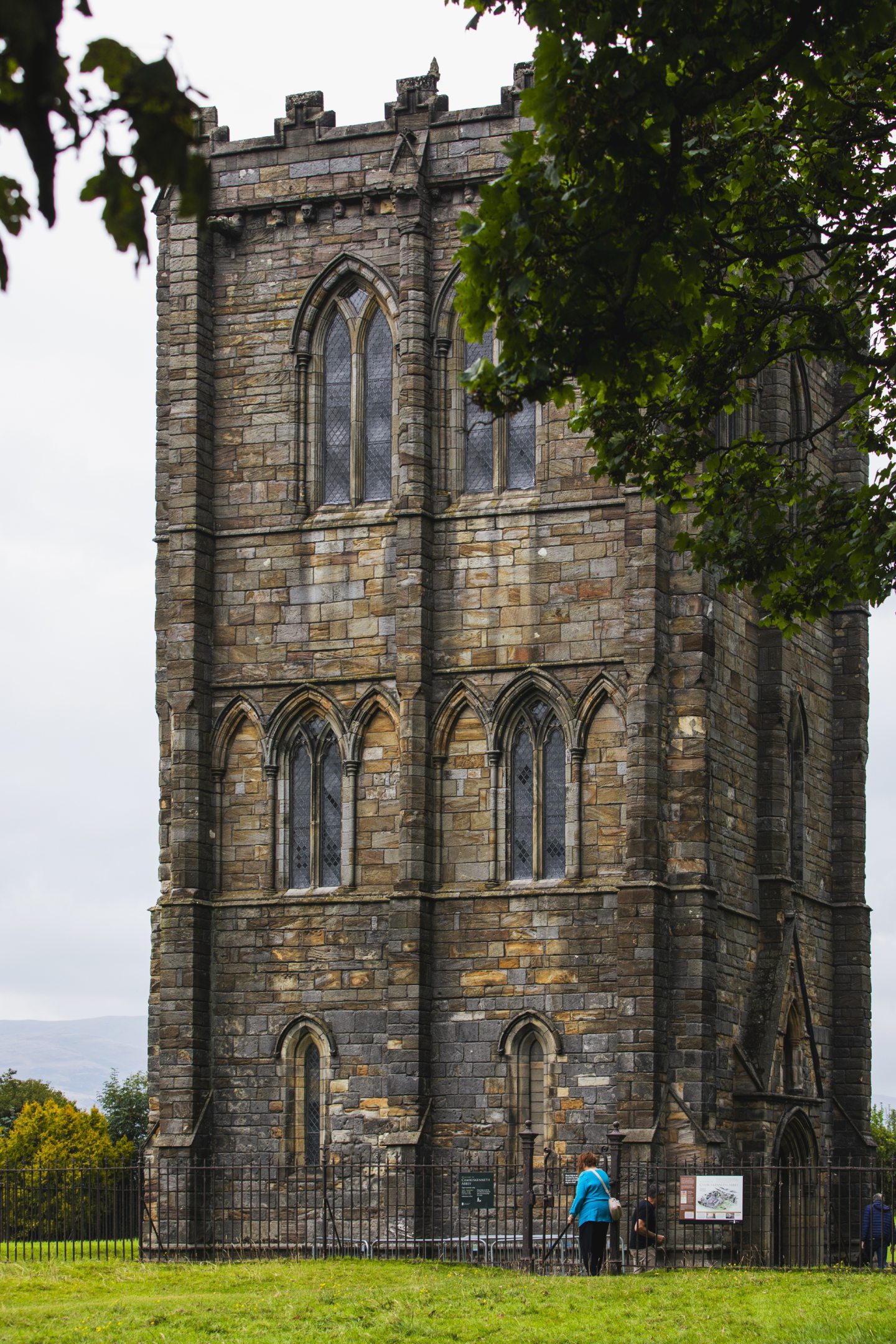
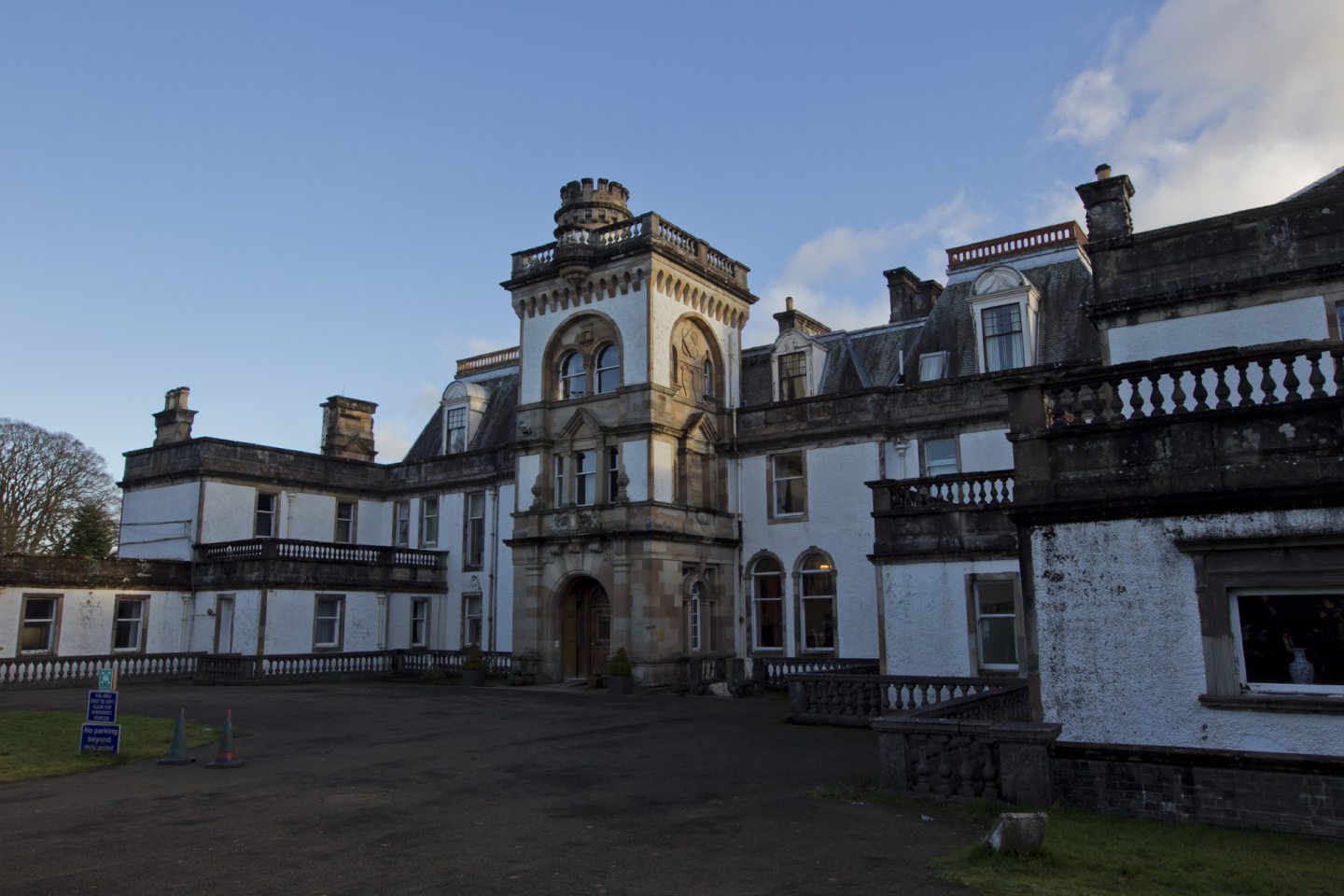
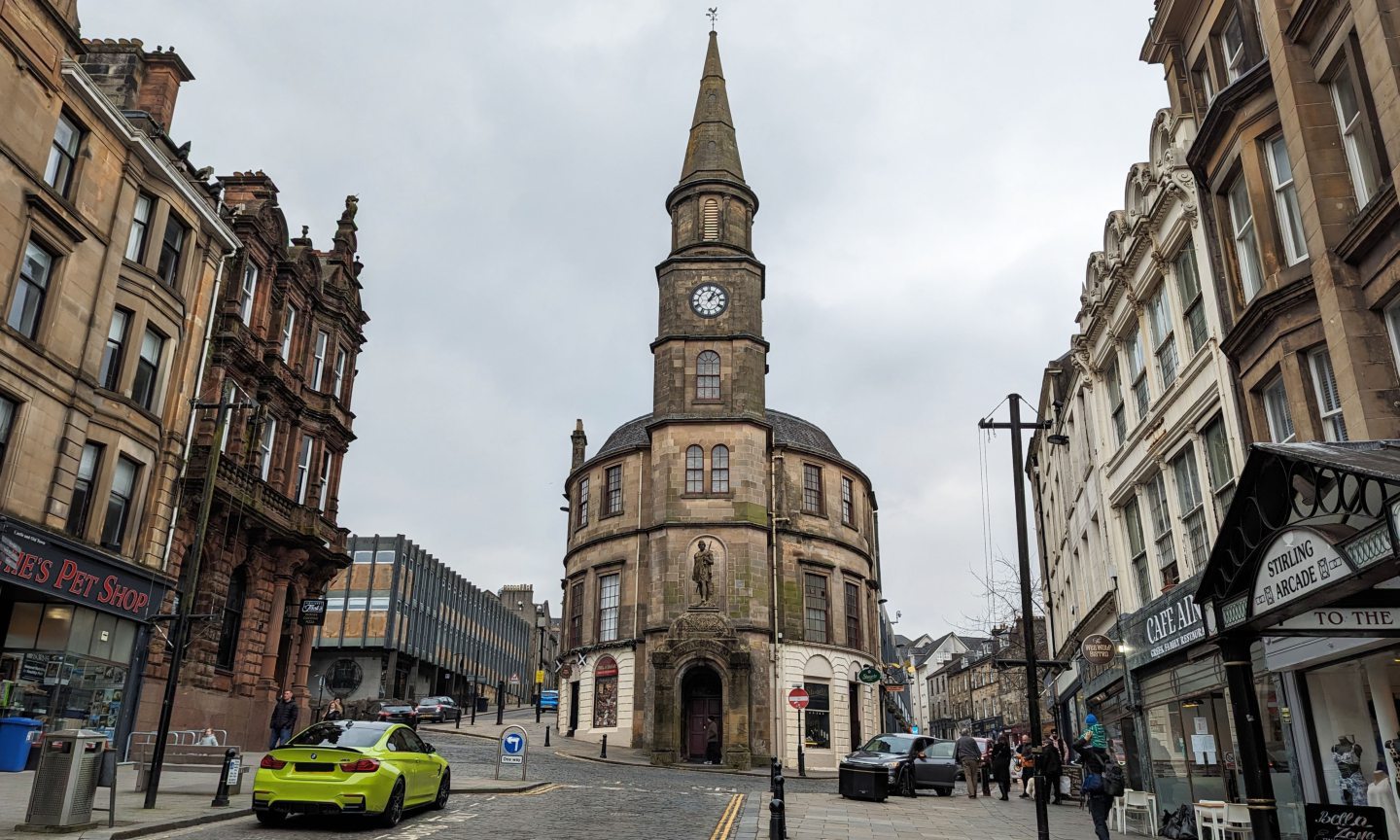
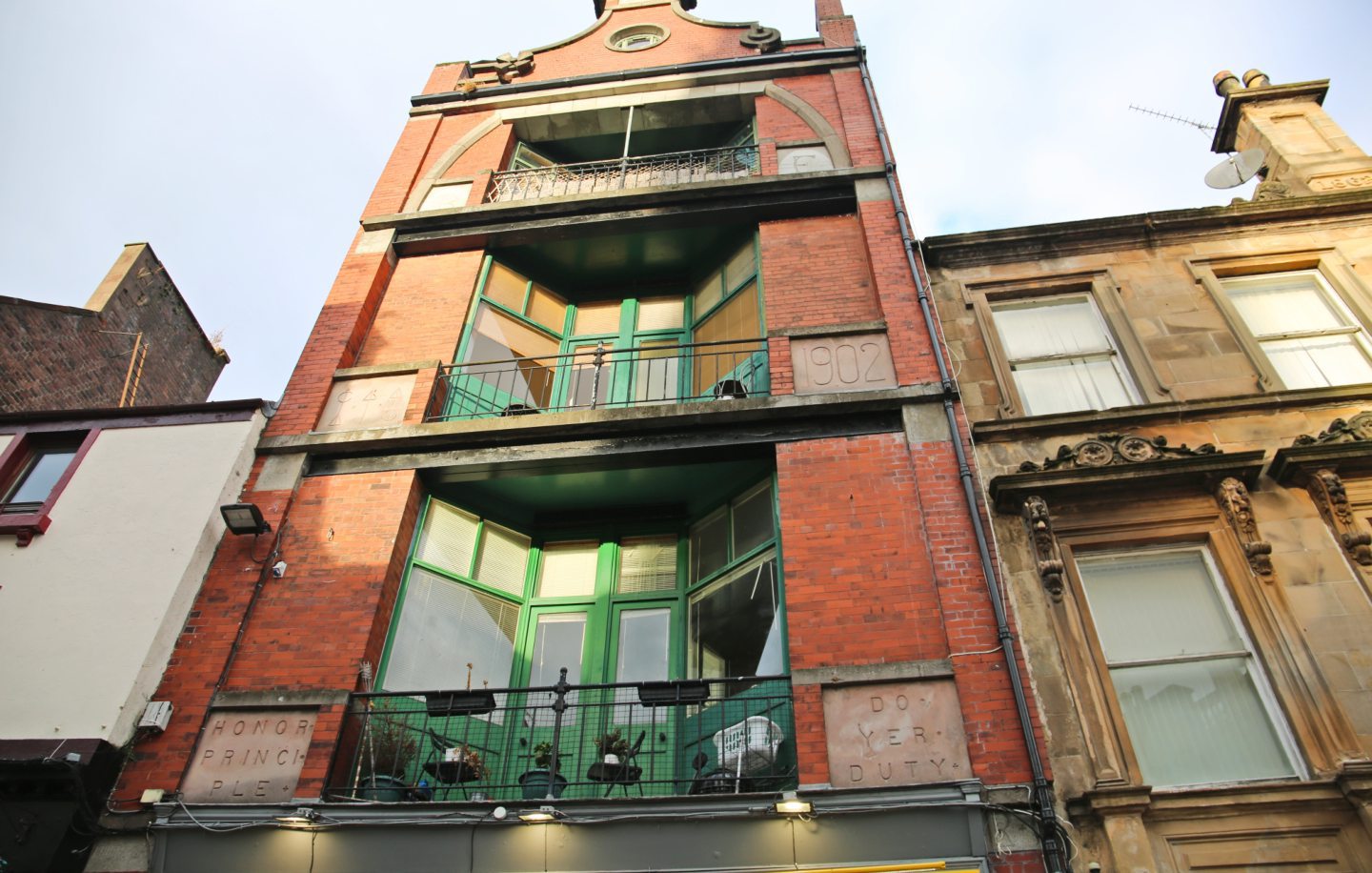


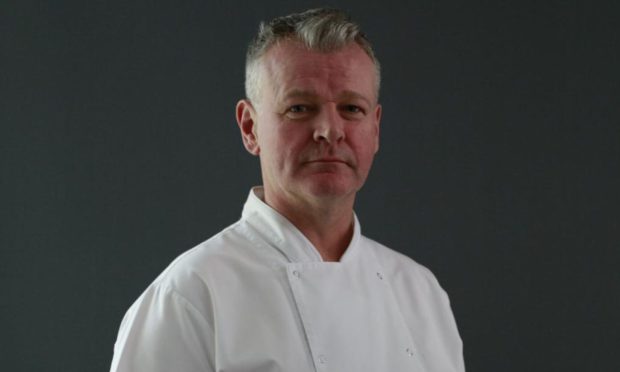




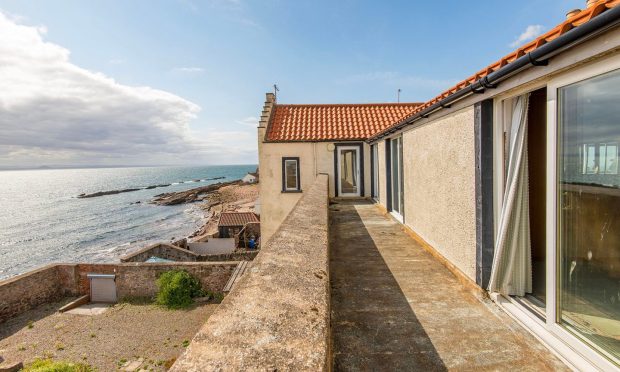

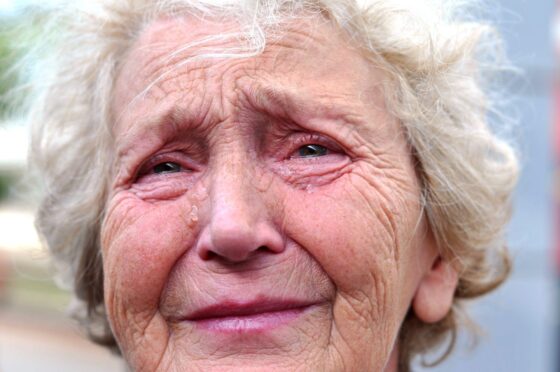
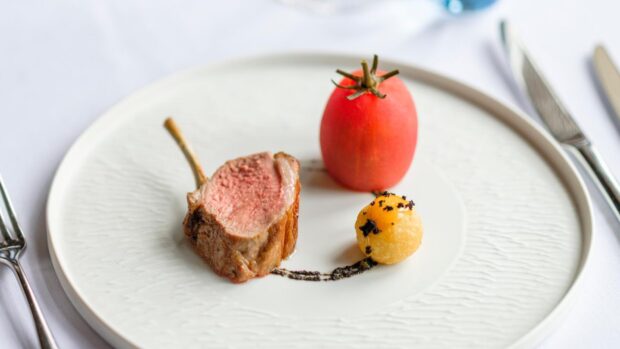
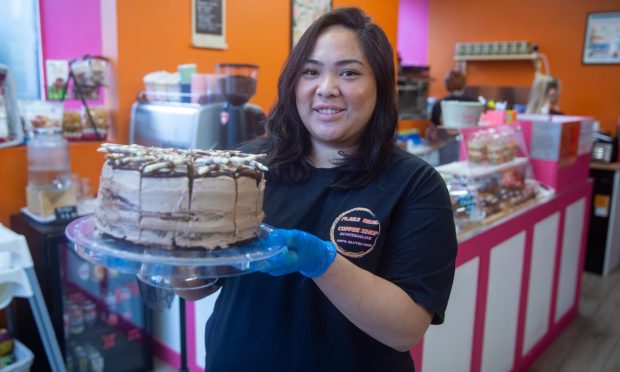
Conversation